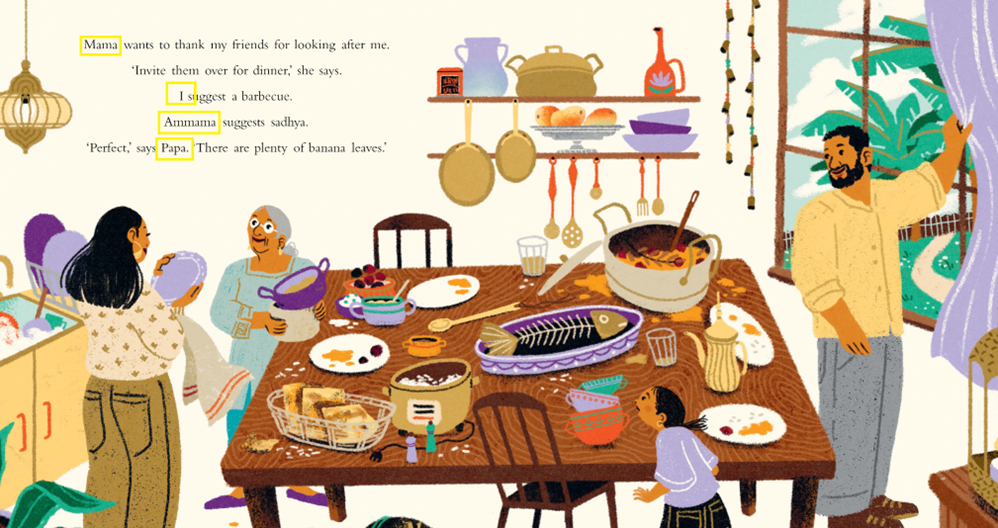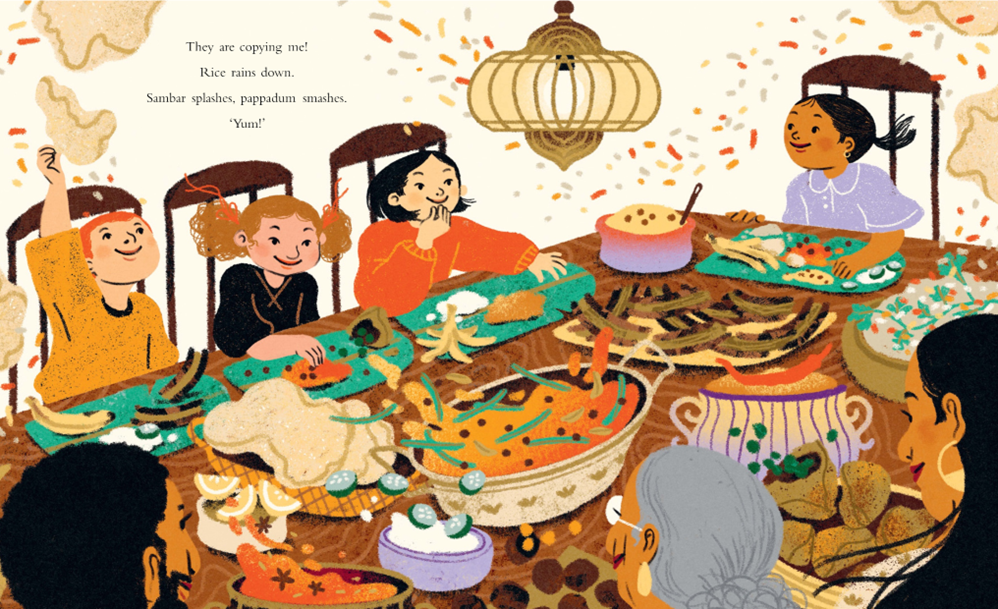By Carrie Alker, AISNSW Education Consultant: K-6 Curriculum and Pedagogy
What I’m reading and utilising this month to plan teaching and learning experiences.
As a Primary Education Consultant, I am often engaged in conversations about text choice for the purpose of teaching and learning. Discussions about children’s books are welcome on my part, and during these chats I am regularly reminded of the metaphors offered by Rudine Sims Bishop (1990)*. Bishop proposed that books can be windows, mirrors or sliding glass doors.
- Texts are mirrors when readers see their own lives reflected in the pages
- Texts are windows when they allow readers a view of lives and stories that are different from their own
- Texts become sliding glass doors when readers feel transported into the world of the story and when they feel empathy for the characters
During my visits to children’s bookshops, I see a growing range of books that act as mirrors, beautifully reflecting Australia’s diversity. As always, I am on the lookout for quality literature that can engage students and meet the outcomes and content of the English K-6 syllabus.
"Side curries, pickles, and pappadums jostle for space on our plates…"
This month, I have been enjoying Stay for Dinner by Sandhya Parappukkaran and Michelle Pereira, the team behind The Boy Who Tried to Shrink His Name, winner of the 2022 Children's Book Council of Australia's Award for New Illustrator. Greatly influenced by Parappukkaran’s South Indian heritage, Stay for Dinner is an entertaining tale, laden with representations of a range of cultures.
Navigating themes of diversity and acceptance with humour and warmth, Stay for Dinner is ideal for addressing outcomes and content from multiple focus areas from the NSW K-2 English syllabus.
Read on to discover ideas for addressing K-2 syllabus outcomes and content using this wonderful book.
Stay for Dinner

Reading Comprehension
Identify words that represent who, what, when, where and why in texts (ENE-RECOM-01)

After an initial reading of the text, re-read the text and highlight the range of characters encountered. The main character also visits several different houses throughout the story. Create a chart with the headings WHO, WHAT and WHERE across the top of the page, and as you are reading, add to the chart, recording the words that help us a reader to identify who, what and where in the story. Ask students to offer their suggestions.
For example:
WHO | WHAT | WHERE |
The friends (The girl, Charlotte, Phoebe and Leo) | play soccer | at Charlotte’s |
Papa, Mama and Ammama | scoop rice | at our dinner table |
Make text-to-self, text-to-text or text-to-world connections when reading (EN1-RECOM-01)
‘Stay for Dinner’ provides readers with many opportunities to make personal connections to the emotions of the characters and the events described in the story. Discussion could focus on the girl’s feelings, as she worries about what her friends will think when they come to her house for dinner. Conversations could also be framed to allow students to consider how they feel when they share meals with family and friends. Provide students with sentence stems to reflect and share or record their responses. For example:
Text-to-Self Connections
This story reminds me of when I...
I felt like (character) when...
The part where (event) makes me think about...
I have a friend/family member who is like (character) because...
I did something like (character) when...
Text-to-Text Connections
This book is like another story I read called... because...
(Character) reminds me of (character from another book) because...
The ending of this book makes me think of the ending in...
Both this book and (another book) have...
Text-to-World Connections
This story helps me understand why... happens in the world.
I learned about (event/thing), and this book reminds me of it because...
This book makes me think about how... happens in real life.These stems support students in making meaningful connections between the book and their own experiences, other texts, and the broader world around them.
Creating Written Texts
Use prepositional phrases to indicate time or place (ENE-CWT-01)
Throughout this book, prepositional phrases are used to support reader understanding and the flow of the story. Prepositional phrases are also included to indicate place. Create an anchor chart and record the prepositional phrases used in the story to indicate time and place, for example:
Prepositional phrases to indicate time
On special days
The next day
After school
On the day of our dinner
Prepositional phrases to indicate place
At work
On their table
At the doctor’s
At home
In a traffic jam
Provide students with images from the text. Ask students to use the prepositional phrases to orally create sentences to describe what is happening in the text. For example:
"There is delicious food on their table.”

Use action, saying, relating and sensing verbs to add detail and precision to writing (EN1-CWT-01)
Sandhya Parappukkaran uses a variety of verbs to bring her story to life and create a vivid picture in the reader’s mind. Ask students to identify the verbs used throughout the book, such as: squishing, jostle, playing, sparkles, splashes, escape, slice, prong, scoop, lunge, smash, dribble, spin, twirling, chopped, scraped, bloom, blush, plunging, lift and peek. Create a chart to record the verbs found.
Ask students to write about dinnertime in their home, using vivid action verbs to describe mealtime. Do peas roll off plates? Does pasta twirl on forks? Students can illustrate their writing and share their sentences with peers.
Understanding And Responding to Literature
Experiment with creative play with language in own texts (ENE-UARL-01)
Throughout the book, Parappukkaran uses onomatopoeia to engage the reader and bring the mealtimes she is writing about to life.
Ting, ting
Click, clack
Swish, swish
Gaaah.
Burrggaah!
Explain to students that these types of words are often used in texts written to entertain and that they effectively capture the sounds that they describe.
Share images of families eating dinner.
Provide examples and non-examples of suitable onomatopoeia to accompany the scenes. For example, would we write ‘bang bang’ to describe the scene? Or ‘clickety clack?.’ Ask students to generate their own ideas and share in pairs.


Identify cultural representations in a range of texts (EN1-UARL-01)
‘Stay for Dinner’ celebrates South Indian culture through its joyful description of food, its visual elements, and the use of language such as Sadhya and Ammama. As the main character enjoys dinner at her friends’ homes, we are taken on a cultural journey, and she discovers the differences between her own mealtimes and those of her friends’ families.
This book offers the perfect springboard for conversations about ‘culture’, what this means and how it can be represented in texts. Students can be supported to identify how stories about food, dress, and cultural practices help us to learn about others, or see our own experiences represented in the books we read. Ask students to identify similarities and differences between the mealtimes represented in the book and those of their own family.
This book is available for purchase from a range of retailers.
Next time, I will be sharing Stage 3 teaching ideas for the dazzling poetry collection, ‘It’s the Sound of the Thing’, by Maxine Beneba Clarke.
*Bishop, R. S. (1990). Mirrors, windows, and sliding glass doors. Perspectives: Choosing and Using Books for the Classroom,6(3).